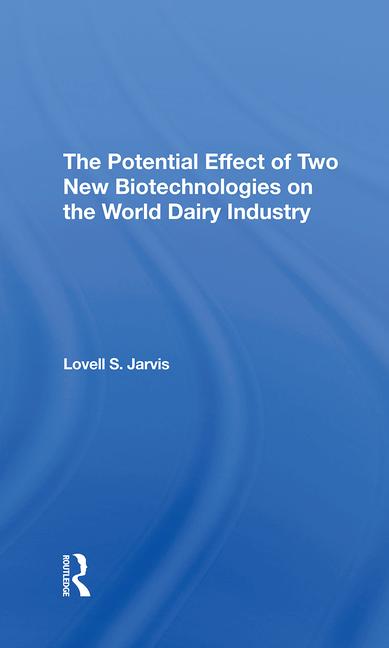Promotion, innovation and trade will be key to dairy industry growth
Healthy growth in the dairy industry requires industrywide cooperation, a laser-like focus and relentless advocacy on multiple fronts.

America’s dairy foods industry is experiencing unprecedented change. We’re dealing with political and trade pressures, evolving consumer choice and increased competition in the food and beverage space, among other things. One of the most critical challenges is the severe decline in farm milk prices, along with a growing surplus of milk during the past four years. This ebb and flow is causing considerable anguish and uncertainty, and markets don’t do well with uncertainty.
Getting past the anguish and uncertainty and getting on with healthy growth requires industrywide cooperation, a laser-like focus and relentless advocacy on multiple fronts.
Recently, the industry successfully came together to help fight declining fluid milk consumption. Working with the Milk Processor Education Program and Feeding America, we’ve advanced opportunities to increase consumption. That includes adding options to school lunch programs, including fluid milk purchases in the proposed farm bill under the Supplemental Nutrition Assistance Program and, for the first time, adding fluid purchases to the USDA’s commodity purchase program.
These actions have great potential to boost milk consumption and improve the health of our industry, but more must be done.
Focus on promotion and innovation
Consumers have lots of food and beverage choices everywhere they look. We need to ensure that milk is one of their top picks.
According to Nielsen, a global data analytics company, 55% of U.S. households say high protein is an important attribute to consider when buying food and beverages. We know that milk is a protein powerhouse with an affordable price tag, and the nutritional package is unbeatable.
We need to focus all of our energy and marshal all of our resources on more robust and compelling promotion to turn around declining milk consumption.
While our promotion organizations reinvigorate promotion of milk inside the jug, our processors must double down on innovation. We need to broaden product offerings and packaging to meet the ever-changing demands of today’s consumer.
Let’s build a new product pipeline filled with ingenious foods, beverages, ingredients and packaging that fit healthy lifestyles and offer ultimate convenience without sacrificing taste. That’s a tall order, but I’ve been in this industry long enough to know that it is possible with dedication and team work.
Open markets for exports
As we make improvements at home, we also need to work on efforts abroad. Simply put, growing our industry means that the United States needs to export more higher-value products to more countries. That’s exactly what the Bain & Co. study showed 10 years ago, and it still holds true today.
We’re pleased that the Trump administration completed negotiations on the U.S.-Mexico-Canada Agreement, which accomplished the International Dairy Foods Association’s (IDFA) three priorities: preserving market access in Mexico, improving market access in Canada and eliminating Canada’s Class 7 pricing system. For our industry to realize these gains, the administration must remove tariffs on U.S. imports of steel and aluminum, and Mexico must lift its retaliatory tariffs on U.S. cheese exports.
Other markets around the globe offer similar opportunities for U.S. dairy exports, including China and Japan, U.S. dairy’s third- and fourth-largest markets, respectively. We’re encouraging the administration to pursue bilateral agreements with these countries, as well as with the European Union, the Philippines, Vietnam, Malaysia and the United Kingdom.
To build on the Bain & Co. results, IDFA commissioned a new study from McKinsey & Company to tell us where U.S. dairy stands today and how we can welcome change, meet future challenges and be positioned for growth.
Join us at Dairy Forum, Jan. 20-23, in Orlando, Fla., where we’ll unveil the results and discuss how best to move dairy forward.
Looking for a reprint of this article?
From high-res PDFs to custom plaques, order your copy today!








